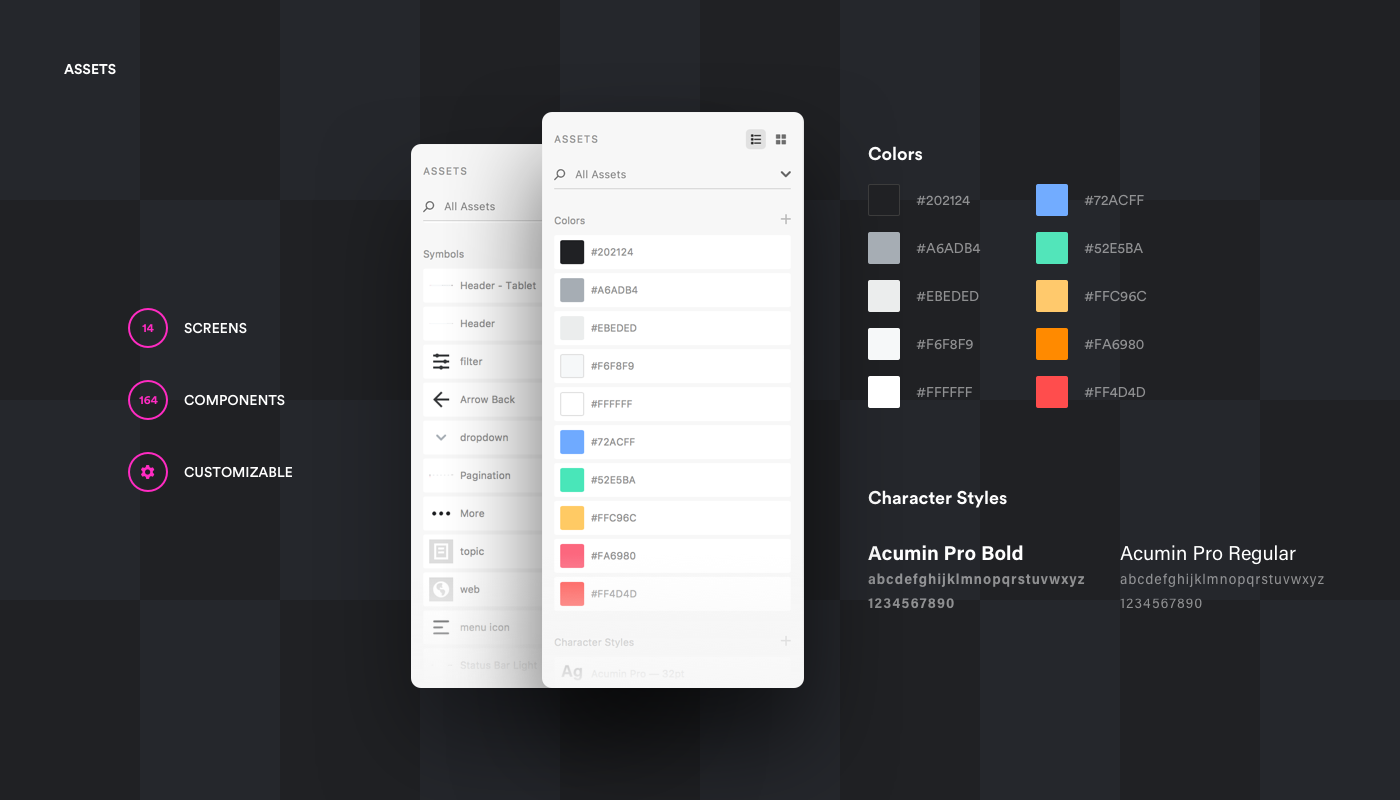

Or, the client can tell the server that the user has enabled the Data-Saver mode on his device, and the server can send a lighter version of the same image back to the user instead of the normal high-resolution version. The server can decide what image to serve on the basis of these hints. Instead of writing the complex markup on the frontend, you let the server do the heavy lifting for you.įor example, with client hints enabled, the browser can tell the server that it needs a 400px wide image for the current layout and the device DPR is 2. The basic idea of Client Hints is very simple - the device (“client”) sends some “hints” to the server about its requirement, and the server is responsible for serving the right resource based on those hints.

For example, a user’s preferences, like the Data-Saver mode, cannot be passed to the image server with this markup. It is often because of the development effort involved in switching to this markup, that companies with access to real-time image resizing capabilities do not switch to completely responsive images.Īdditionally, the above markup has its limitations. The markup is already very complex, and it gets even more complex if you try solving for other factors like DPR. Now imagine having to generate this markup for all the images for your website - banners, product images, profile pictures, etc. Using a similar logic, a small example implementing the responsive image with the breakpoints that we mentioned earlier: In our blog, we have covered the use and function of srcset and sizes attribute for responsive images across devices. The other reason, and the more complex one to deal with, is the markup required for responsive images. Thankfully, ImageKit already solved this bit for you by enabling real-time resizing and cropping using URL parameters. It is complex to generate so many variations of the same images, especially if you are dealing with millions of images. Using srcset for responsive images requires you to generate different sizes of the same image, usually more than 3, to cater to different requirements on various devices.įor example, for an image that stretches across the entire page, you would need images with a width of 1440px for laptops, 960px for tablets, 480px and High-density images for bigger phones, and 320px for smaller phones. And even the new srcset and sizes attributes for images, which solve the problem of adapting images in a responsive layout, haven’t become too popular within the developer community. We often stick to using just one large image across devices which is a major reason for slow loading websites.

While it has become easier to implement fluid and responsive layouts for our HTML by using CSS libraries like Bootstrap, the same is not true for images.
#Image responsive resize android
Your website should work well and look just as great on an Android Phone as on the latest iPhone, or a tablet, or laptop. With the growing number of devices and screen sizes, it is absolutely essential that we design our websites and apps in a way that ensure a great user experience across all devices.

Users using a custom domain will gradually get access to these features in the coming months. Currently, these features are available to all users using the default “ik.imagekit.io” domain name for image delivery. Images, optimized and resized perfectly for each device and layout, with absolute minimal effort. Combine these with ImageKit’s existing image optimization, transformation, and delivery capabilities, and it becomes even simpler to deliver responsive images. The support for these Client Hints is available via new transformations dpr-auto for automatic image DPR, w-auto for automatic image width, and a dashboard setting to enable the Save-Data mode for your images. ImageKit now supports automatic image transformations based on Client Hints - DPR, Width, and Save-Data. So if you have a website at Client Hints will not be sent to or ik.imagekit.io.Client hints continue to work on mobile devices. With the latest updates in Chrome versions 67 and above on, desktops no longer send Client Hints to third-party domain names because of privacy concerns.


 0 kommentar(er)
0 kommentar(er)
